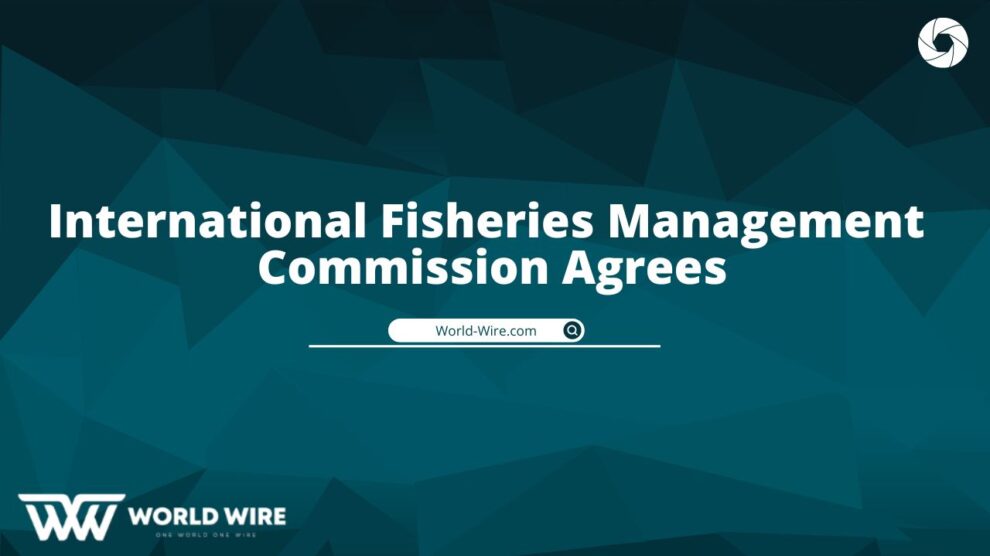A week-long 7th Regular Session of the Western and Central Pacific Fisheries Commission (WCPFC) ended on Friday, in Ko Olina, Hawaii. There were over 400 delegates and observers from Pacific nations and territories as well as the European Commission at the conference. There’s progress being made, but there’s no consensus on the bigeye tuna overfishing and purse-seine fishing in the Western and Central Pacific Ocean. In addition to these items, the following major decisions have been made:
Bigeye Tuna Overfishing. To work on a new Conservation and Management Measure (CMM) for bigeye tuna, the Commission adopted a strategy for 2011. It is possible that the new draft CMM will also include measures for yellowfin and skipjack tunas. Despite the measures implemented between 2009 and 2011, the Commission has been unable to achieve the reduction of bigeye fishing mortality target of 30 percent. The Pacific bigeye tuna stock has not been overfished, but its spawning biomass has declined by 75 percent since the 1950s. Longline harvest of adult bigeye tuna by purse-seine fleets utilizing fish aggregation devices has been reduced by approximately 20 percent as a result of the existing CMM for bigeye tuna.
Purse Seine Capacity. It was not possible for the Commission to agree on the proposal to cap purse seine vessel numbers at current levels in the Western and Central Pacific Ocean (WCPO). A number of countries are in the process of assembling boats or planning their purse seine fishing operations, while a few small island developing states (SIDS) wish to develop purse seine fishing operations. This makes the issue complex. Despite the fact that skipjack tuna, which is targeted by purse seine fleets for canned tuna, is not experiencing overfishing, there is concern that increases in skipjack catches should be treated with caution. More than half of the world’s tuna is caught in the WCPO, where purse seine vessels catch approximately 40 percent more fish than in any other region of the world. There is no apparent seasonal migration of skipjack stocks to waters near Japan and New Zealand, such as those in high latitudes.
Striped Marlin. As part of the Commission’s measure, members who cooperate with non-member vessels fishing north of the equator and who fish in the Convention area must reduce their harvests of North Pacific striped marlin by 10 percent below their highest catches of 2000 to 2003. Further reductions are also called for in 2012 and 2013; however, a new stock assessment for North Pacific striped marlins may be completed in 2011 and the measure may be amended.
Eastern High Seas Pocket. According to the Commission, the Cook Island proposed a Special Management Area for the Eastern High Seas Pocket. Commission members, as well as cooperating non-members, are required by this CMM to report entry/exit/catch to the Commission when operating in the eastern high seas pocket. This pocket is surrounded by the Exclusive Economic Zones of the Cook Islands, French Polynesia, and Kiribati.
Shark Assessment and Research Program. It is hoped that the Commission will be able to determine the stock status of key shark species in the WCPO by implementing a shark assessment and research program recommended by its Scientific Committee. With a focus on data collection and improvement, research and assessment, the program is unique among tuna RFMOs and will be led by Dr. Shelley Clarke, a leading shark researcher in the world. In the future, it may also include porbeagles and hammerheads as the program matures. It will focus on blue sharks, makos, silky sharks, oceanic whitetip sharks, and thresher sharks.
Dr. Charles Karnella has been appointed chair of the Commission for 2011 and 2012. Mr. Matthew Hooper will become vice-chair.
2011 Meetings: Pohnpei, FSM and Palau will host the Commission’s Scientific, Technical, and Compliance Committees in August and October respectively. The Commission will meet in December in Palau.
By the Western and Central Pacific Fisheries Convention (WCPF Convention), which entered into force on 19 June 2004, the Western and Central Pacific Fisheries Commission (WCPFC) was established. After six years of negotiations that began in 1994, the Convention was concluded in 1998.
The membership of the Forum includes: Australia, New Zealand, Niue, Palau, Papua New Guinea, Philippines, Samoa, Solomon Islands, Chinese Taipei, Tonga, Tuvalu, the United States of America, Vanuatu, Kiribati, Fiji, France, Japan, Kiribati, Japan, Korea, Republic of Marshall Islands, Nauru, New Zealand, Palau, Philippines, Solomon Islands, Taiwan, United States of America, Tonga, Tuvalu.
Associating Territories: American Samoa, Commonwealth of the Northern Mariana Islands, French Polynesia, Guam, New Caledonia, Tokelau, Wallis and Futuna. Non-Participating Territories: Belize, Indonesia, Senegal, Mexico, El Salvador, Ecuador, Vietnam.







Add Comment